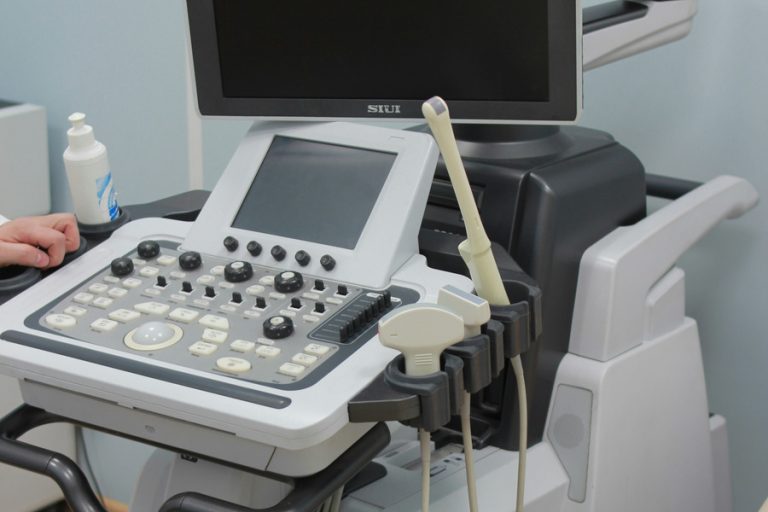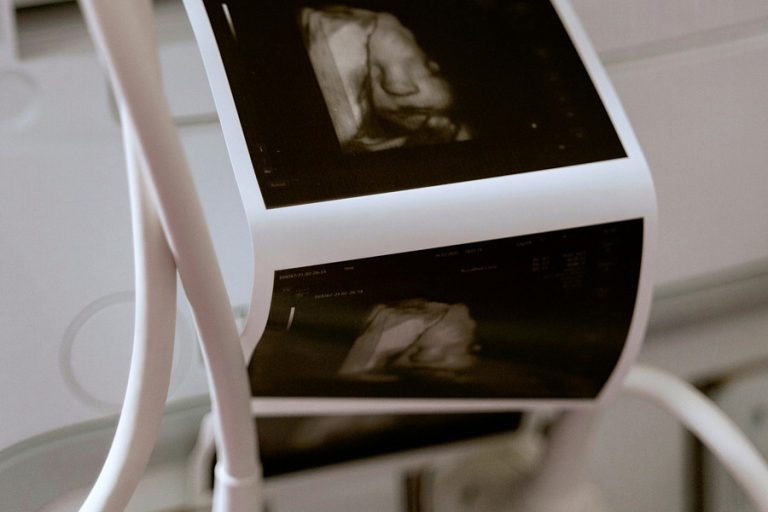Understanding Stillbirth: Causes, Risk Factors, and Support
Stillbirth is one of the most heartbreaking outcomes of pregnancy, and it can be an incredibly difficult topic to discuss. Yet, understanding what stillbirth is, why it happens, and the support available can help families cope and find answers during a painful time.
What Is Stillbirth?
Stillbirth is defined as the loss of a baby after 20 weeks of pregnancy but before or during delivery. If a pregnancy loss happens before 20 weeks, it is called a miscarriage.
Stillbirth can occur:
Before labor (antepartum stillbirth)
During labor and delivery (intrapartum stillbirth)
How Common Is Stillbirth?
According to the World Health Organization, millions of stillbirths occur globally each year. While medical advances have reduced rates in many countries, stillbirth remains a significant public health issue.
Causes of Stillbirth
In many cases, the exact cause is unknown. However, some common causes and contributing factors include:
Placental problems – Placenta not functioning properly, restricting oxygen and nutrients
Birth defects – Structural or genetic abnormalities
Umbilical cord accidents – Cord knots or compression cutting off blood flow
Infections – Maternal or fetal infections during pregnancy
Maternal health conditions – High blood pressure, diabetes, clotting disorders
Complications during labor – Prolonged or difficult labor, trauma
Risk Factors for Stillbirth
While stillbirth can happen in any pregnancy, certain factors may increase the risk:
Advanced maternal age (over 35)
Multiple pregnancies (twins, triplets)
Smoking, alcohol, or drug use during pregnancy
Obesity
History of pregnancy loss
Limited access to prenatal care
Poorly managed chronic health conditions
Signs and Symptoms
A key warning sign is a noticeable decrease or stop in fetal movements. Pregnant women are often encouraged to track “kick counts” and contact their healthcare provider immediately if movement changes.
Other signs may include:
No heartbeat detected during a prenatal visit
Unusual vaginal bleeding or fluid leakage
Diagnosing Stillbirth
Stillbirth is usually diagnosed through ultrasound, which confirms the absence of a fetal heartbeat. Additional tests may be performed to help determine the cause, such as blood tests, infection screening, and examination of the placenta.
Coping with Stillbirth
The emotional toll of stillbirth can be overwhelming. Common feelings include shock, sadness, guilt, and anger. Coping strategies include:
Grief counseling or therapy – Support from mental health professionals
Support groups – Connecting with others who have experienced loss
Time to grieve – Allowing yourself and your partner space to process
Memory-making – Some parents find comfort in keepsakes, photos, or ceremonies
Preventing Stillbirth
While not all stillbirths can be prevented, certain measures may reduce risk:
Regular prenatal care
Managing chronic health conditions before and during pregnancy
Avoiding smoking, alcohol, and drugs
Monitoring fetal movements in the third trimester
Seeking immediate medical attention for any concerning symptoms
Life After Stillbirth
The journey after stillbirth is deeply personal. Some parents choose to try for another pregnancy quickly, while others need more time. If you are considering pregnancy after stillbirth, working closely with your healthcare provider can help ensure the best possible care and monitoring.
Final Thoughts
Stillbirth is a devastating experience that leaves lasting emotional scars. While medical care and lifestyle adjustments can lower risks, sometimes it happens without warning or explanation. Compassionate support, access to counseling, and open communication with healthcare providers can help families navigate grief and begin healing.
If you or someone you know has experienced a stillbirth, know that you are not alone. Resources and support networks exist to help you through this painful chapter.







